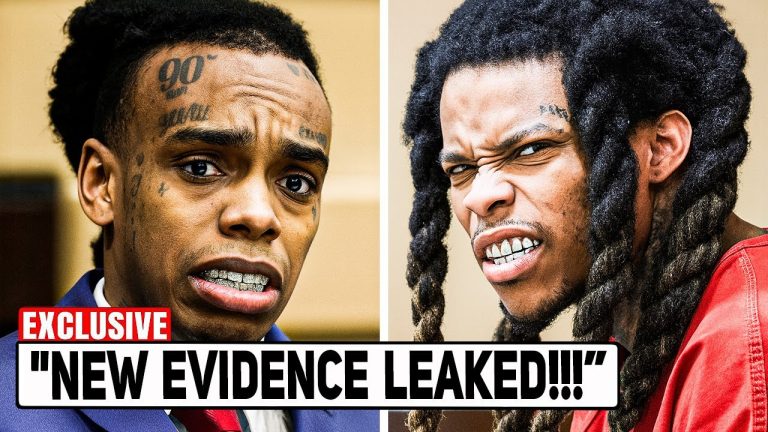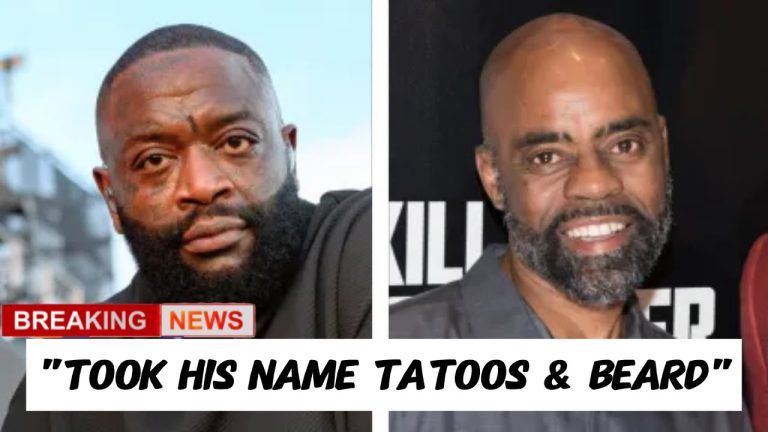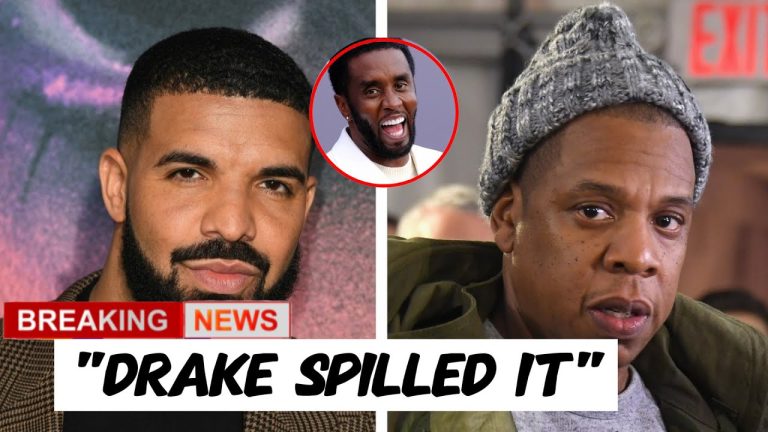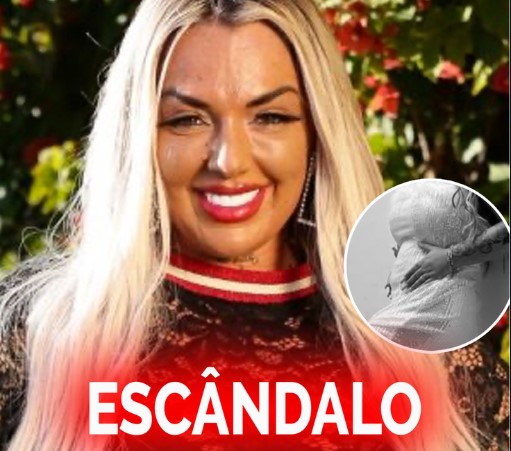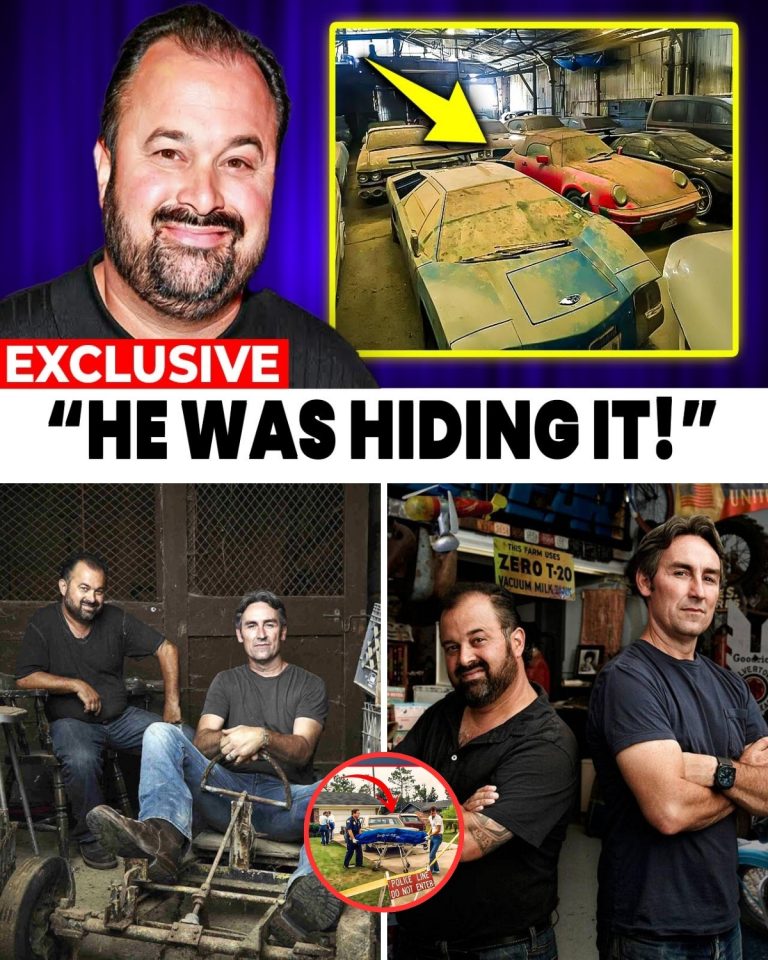For nearly three decades, the JonBenét Ramsey case has been the ultimate American nightmare—a story of beauty, innocence, and death wrapped in a fog of unanswered questions and shattered trust. December 26, 1996, was supposed to be a morning filled with Christmas joy in Boulder, Colorado. Instead, it became the day a six-year-old 𝘤𝘩𝘪𝘭𝘥 star, JonBenét, was found murdered in the basement of her home. The ransom note, the chaos, the blurred fingerprints of law enforcement incompetence—it all became part of a labyrinth of confusion that haunted investigators, divided the public, and left the Ramsey family vilified, scrutinized, and scarred for life.

But now, nearly thirty years later, a new storm is breaking—a storm that threatens to shatter the thin line between truth and conspiracy. In 2024, armed with the most advanced genetic genealogy techniques ever devised, investigators have identified a chilling suspect: a man who lived a mere two miles from the Ramsey home, someone who worked in catering, brushing shoulders with the community, invisible yet always present. He had no reputation for violence, no spotlight of suspicion—but his DNA, recovered from JonBenét’s clothing, screams guilt with a probability so slim it defies chance.
👁️🗨️ And yet the story grows darker. Fibers from a decades-old jacket belonging to him match those embedded in JonBenét’s clothing. The evidence, silent for years, suddenly roars to life. Why now? Why did it take almost thirty years for this connection to surface? The answer is as disturbing as the crime itself: evidence was mishandled, buried, overlooked—or worse, hidden on purpose.
The original investigation was a tragedy of errors. Police failed to secure the crime scene, allowed family members to move freely around the house, and overlooked key forensic details. The infamous ransom note—two and a half pages long, demanding the oddly specific sum of $118,000—was written on paper from inside the Ramsey home, raising suspicions of an “inside job.” And when the media descended, the case spiraled into a circus, with every theory—family involvement, intruder, cult activity—tossed into the public arena, leaving truth buried under spectacle.
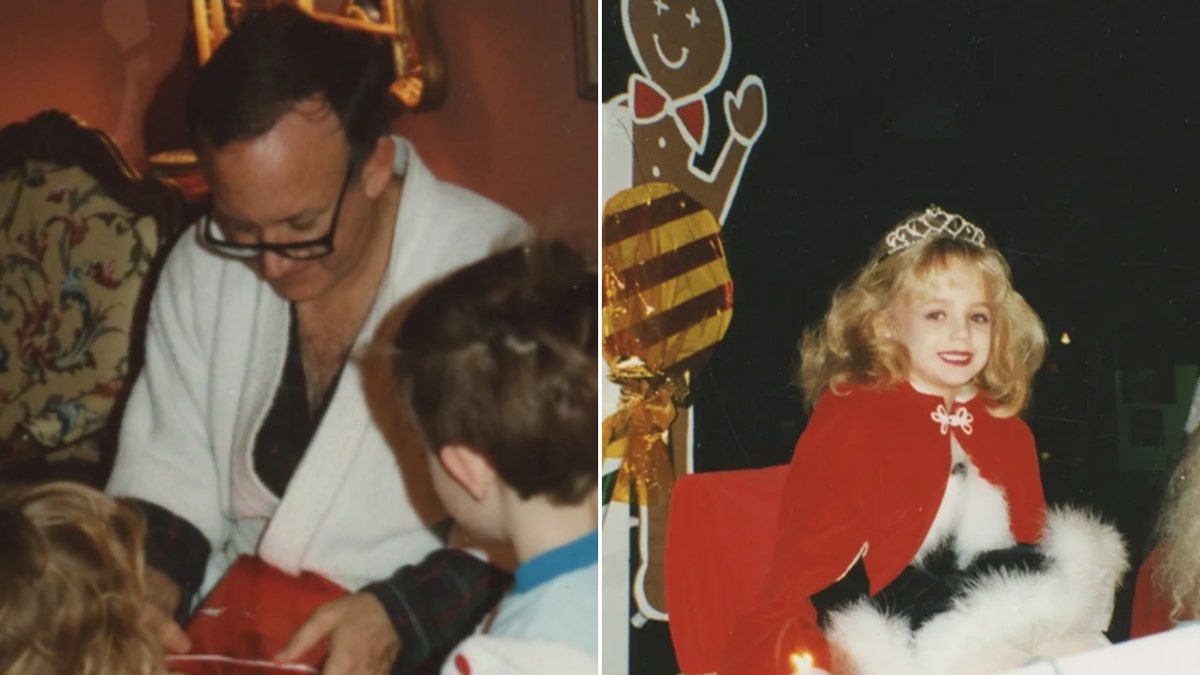
Now, whispers grow louder: Was this man acting alone, or was he part of something far more insidious? His job at a catering company connected him to the Ramsey neighborhood. Did he gain access to the home before? Did someone inside unknowingly—or knowingly—allow him in? Or was JonBenét’s murder the result of a larger conspiracy, a crime of opportunity twisted into a cover-up by those who stood to lose everything if the truth were exposed?
Burke Ramsey, JonBenét’s brother, has lived in the shadow of this horror. For years, he was eyed with suspicion by a merciless public, accused without proof, and forced into silence. But now, his recent statements calling for justice and demanding the use of advanced DNA technology feel different—almost like a warning. What does Burke know? Has he been carrying secrets all along, silenced by fear, shame, or a pact made in desperation?
America watches with bated breath, as the questions multiply:
-
How could the most infamous 𝘤𝘩𝘪𝘭𝘥-murder case in U.S. history be botched so disastrously?
-
Who benefitted from decades of confusion, misdirection, and character assassination?
-
And now that science has cornered a suspect, will the truth finally be revealed—or will new revelations drag this case into even deeper darkness?
The JonBenét Ramsey mystery was once thought to be about a 𝘤𝘩𝘪𝘭𝘥’s death. But today, it feels like a story about power, corruption, secrets, and shadows that have stalked an American family for nearly thirty years.
👉 Stay tuned. The investigation isn’t over. The truth is clawing its way out, and when it finally breaks free, it could rewrite everything we thought we knew—not just about JonBenét, but about the forces that shaped, twisted, and silenced the case for generations.


